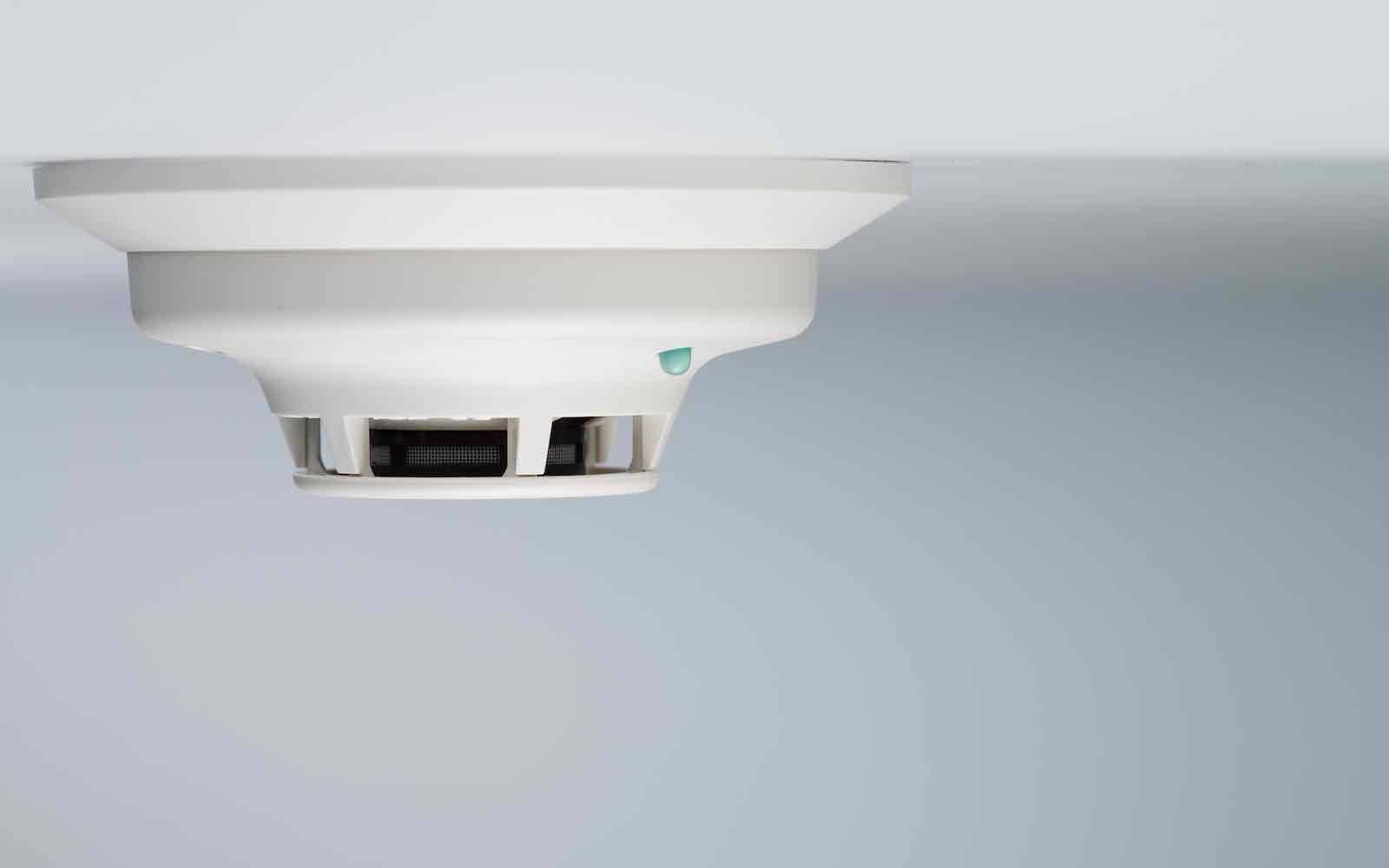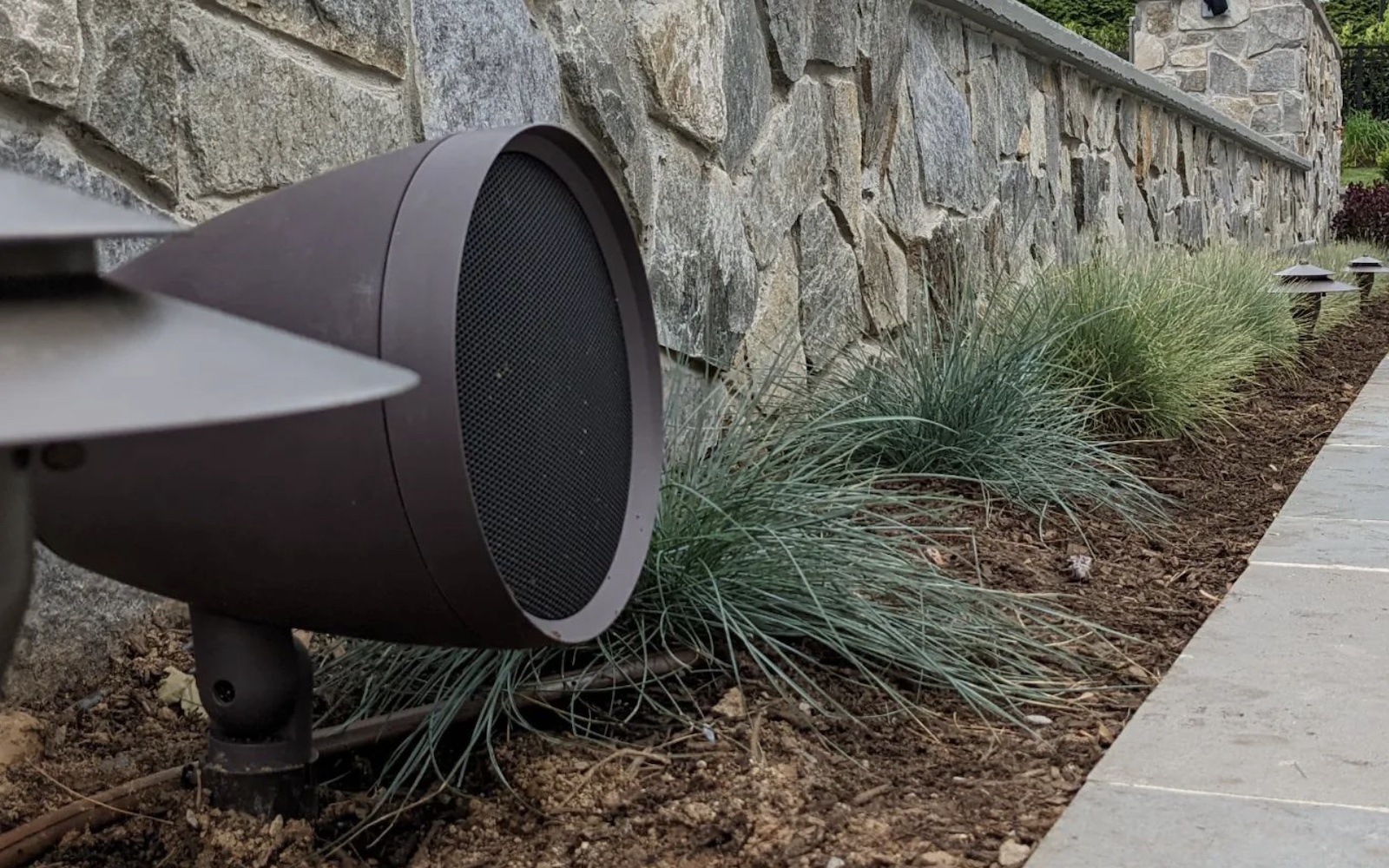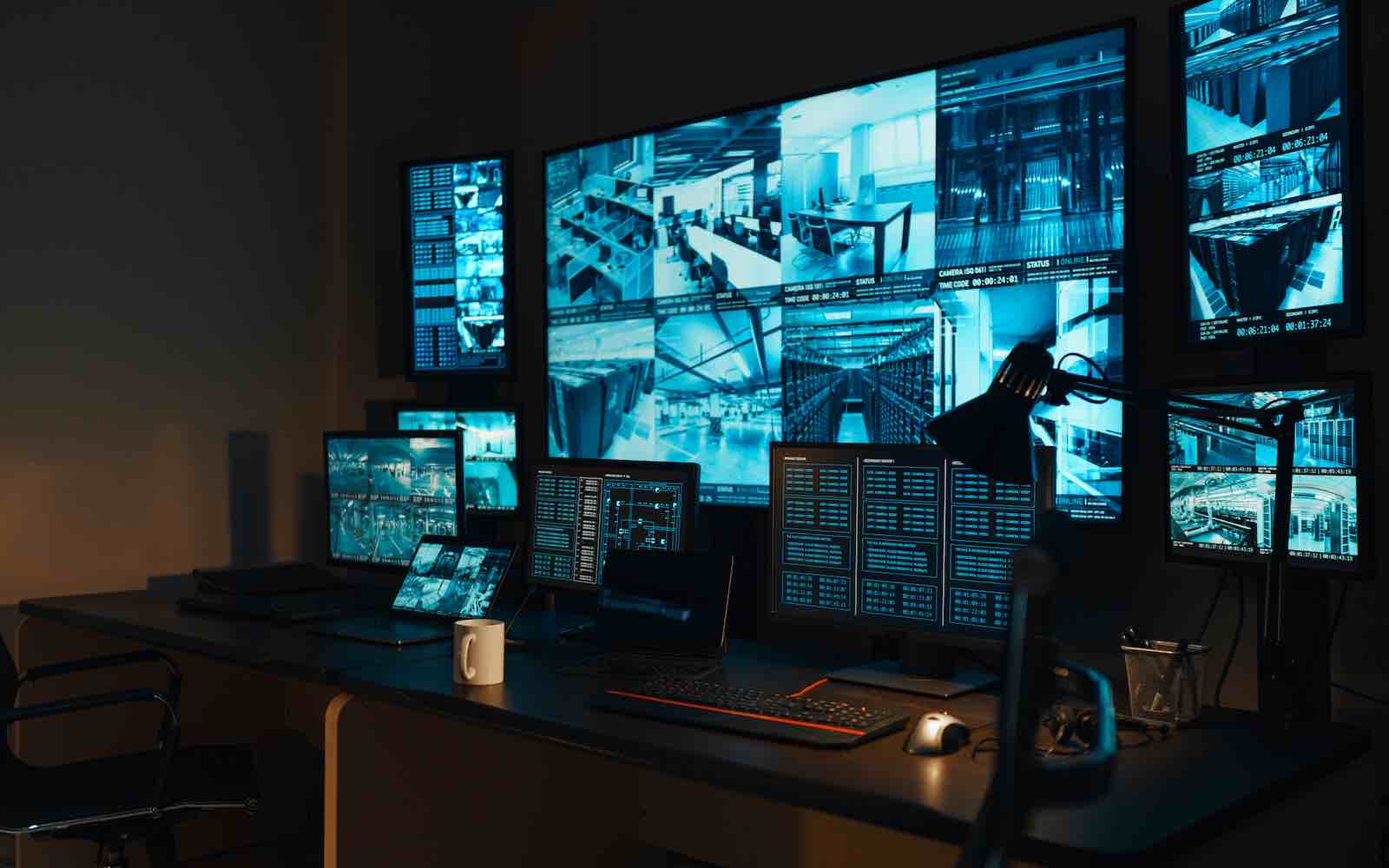As we’ve reviewed many times in this blog, Crestron automation system installations require more than just control equipment and tools. The complexity and nuance of complete home control calls for the right mix of experience, teamwork and problem solving that only GMI and the #DoneRightNotEasy crew can provide. When contracted to repair or replace a control system that not functioning properly, we tend to come upon a similar set of problems stemming from an inadequate installation. Here are 5 of the most common issues we see with Crestron control system installations
Improper Wiring
Crestron control equipment is designed to use specific types of wiring when interconnecting different components. We find far too often that others make one of two commons mistakes. The first is using wire of the proper type, but of a sub par quality, which will cause the system to underperform or malfunction. Second, some engineers will use the incorrect wire all together as an interconnecting means. This is a huge issue since pushing a wire to do something it is not intended to do in the first place is a common point of control system failure.
Equipment Distribution
When control racks and system components are distributed throughout a space, rather than being centralized into one dedicated location, each piece of hardware or group of control equipment becomes a potential failure point. With control wire running from multiple areas around a home it creates issues properly powering the system components and leading to an inevitable malfunction. This is why GMI strives to centralize control equipment at one location in order to create more efficient control systems, and reduce the need for complicated maintenance.
Poor Design
Crestron systems are so powerful and customizable that they are capable of almost anything. This makes it very tempting to over design a system in the early stages. Inexperienced integrators will often fail to communicate with the customer leading to them designing a system, that while powerful, is beyond the customer’s needs. Adding this level of unneeded complexity can leave a client without the knowledge and confidence they need to use the system to their desired level, and potentially can cause a customer to ignore their system entirely.
No Documentation
When dealing with high level Crestron control, it becomes critical to keep proper documentation of the system. We often find jobs with little to no documentation outlining where components are located, and to what other components they are connected. With system infrastructure this complicated and multifaceted, the lack of proper documentation to reference could cause a simple issue to become time consuming and costly as you move on to future jobs.
Labeling
Along the same lines as the failure to document a system properly, an inexperienced integrator will often fail to physically label wires throughout the system. Crestron systems can be quite large and contain a complex web of interconnecting wire, so to GMI, labeling is elementary; proper labeling at every wire termination is critical for troubleshooting, which often involves temporarily disconnecting and read seating wires..
While there are many qualified integration companies out there, we unfortunately find these installation mistakes on job sites at an alarming rate. Our commitment to solving these issues and making sure our installations are done the right way, and not the easy way, is what gives us the ability to provide reliable, intuitive and powerful systems to our clients.




